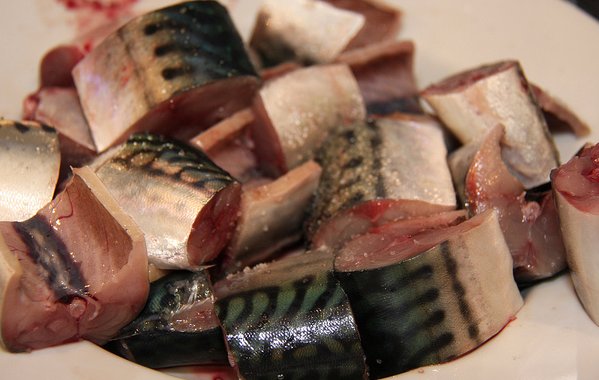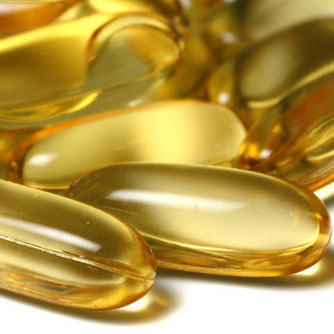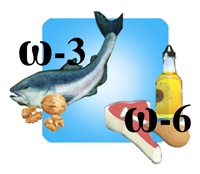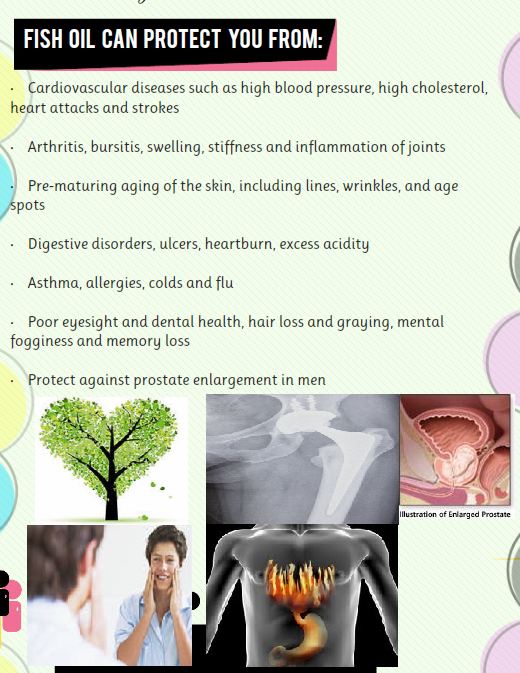
Some of the longest-living people on the planet would be the Japanese who take in plenty of their daily calories as fish (almost 7 percent).
By means of comparison, People in America consume less than 1 percent of their calories as oily fish rich in omega-3 fatty acids, which are found in cold water oceans.
 Fish like salmon and mackerel are already associated with a lots of potential health gains, such as better heart health, sharper mental function, enhanced power to fight off sickness, and less frequent cancer.
Fish like salmon and mackerel are already associated with a lots of potential health gains, such as better heart health, sharper mental function, enhanced power to fight off sickness, and less frequent cancer.


An elevated ingestion of the main oils in fish is definitely connected with a lower risk of heart attacks, sudden death, and Alzheimer’s disease, which, amongst other things, is associated with omega-3 fatty acid deficiencies in the brain.
Why is eating fish healthy?
 The reason why fish is considered to be a very good and a very healthy meal for all human beings is because of the fact that our body requires Omega-3 fatty acids which cannot be produced by our body automatically.
The reason why fish is considered to be a very good and a very healthy meal for all human beings is because of the fact that our body requires Omega-3 fatty acids which cannot be produced by our body automatically.
The Omega-3 fatty acids are best found in fish. Omega-3 fatty acids are also termed as ‘good’ fats and therefore it is very important that you make the fish an important part of your daily diet.
Apart from Omega-3 fatty acids, fish is also considered to be very high in proteins and is a low fat food which provides plenty of health benefits to humans. White fleshed fish comparatively has a lower content of fat in it as compared to any other type of animal proteins.
 Oily fish contain good amounts of Omega-3 fatty acids also known as ‘good’ fats. As our systems are unable to create these acids on its own, fish plays a very crucial role and has to be included in our diet.
Oily fish contain good amounts of Omega-3 fatty acids also known as ‘good’ fats. As our systems are unable to create these acids on its own, fish plays a very crucial role and has to be included in our diet.
Also, almost all the fish are very low in the so called ‘bad’ fats, which are usually found in red meat and which are known as Omega-6 fatty acids.
Omega-3s that are found in fish (DHA and EPA) seem to offer some greatly remarkable health benefits. Fish manages to gain entry to the list of fat burning foods.
Fish that contain plenty of omega-3s, have lower amounts of environmental toxins and are also eco-friendly are these:
wild salmon from Alaska (fresh, frozen and canned),
Arctic char,
sardines,
sablefish,
anchovies
Atlantic mackerel,
farmed oysters
farmed rainbow trout and
albacore tuna from the U.S. and Canada.
Omega-3 fatty acids and Omega-6 fatty acids are found in abundance in most of the vegetable oils available in the supermarkets today. Oils such as sunflower, corn and safflower are rich in the above mentioned fatty acids.
During the prehistoric days, consuming patterns of Omega-3 fatty acids and Omega-6 fatty acids were adequate, but today an average American consumes just about lesser quantities of the healthy fatty acids omega-3 and more of Omega-6s in almost a ratio of 1:10.
Reduced intake of Omega-3 fatty acid and the extensive use of the vegetable oils that are rich in Omega-6 fatty acids have caused this.
Considering the style that our body processes both these fatty acids, it is very unhealthy to consume them in amounts we are taking them today.
In order to improve our health, it is important that we consider lowering our intake of Omega-6 fatty acids and increasing the quantity of Omega-3 fatty acids or just simply increase the quantity of the latter.
In case you are unable to eat or tolerate fish, then you can opt to take Omega-3 fatty acid supplements or you can also consider taking fish oil which contains about 1.8 grams of these healthy and good fats.
You can also consider toxin free fish- Vital Choice Salmon. Here are some more tips regarding eating toxin free fish.
